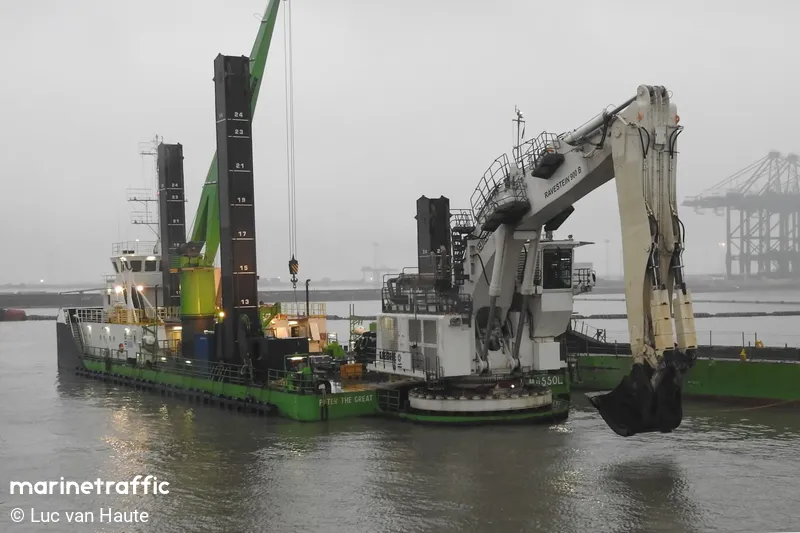How wrong can the Minister be when he claims to have “followed carefully
the scientific evidence” and
regards it “as an important and serious matter” ?
On Tue, 16 Oct 2018 at 10:56, Drakeford, Mark (Aelod Cynulliad |
Assembly Member) <Mark.Drakeford@assembly.wales> wrote:
Thank you for writing to raise your concerns with me. I can assure you
that I regard this as an important and serious matter.
We have followed carefully the scientific evidence and the testing
regime employed by Natural Resources Wales. While I understand that there will
be differing views, there is no doubt that the results of the studies
undertaken conclude that down to a depth of 4.7m no radioactive material can be
found [1]. Furthermore, tests developed by the Atomic Energy Agency, have been
conducted within the estuary have found that the level of radiation was well
below the recommended level [2]. Moreover, Natural Resources for Wales
concluded that the material tested did not have unacceptable levels of
radiation and that the material was suitable to be disposed at sea [3].
You will be aware that this matter is now concluded, as the mud has been
moved.
More broadly, within the Welsh Labour leadership campaign, I have made a
commitment that if I were to be in the position of First Minister that we
should establish an independent expert committee to provide advice on all
matters which pertain to the proposed development at Hinckley Point.
----------------------------------------------------
Scientific Notes - errors in each sentence
[1] down to a depth of 4.7m no radioactive material
can be found
Three of the five borehole samples had elevated radioactive Uranium
and Radium at 2 to 4metres, but not elevated in the two boreholes deeper than 4.3m. All five borehole samples show Uranium and
Radium. The bulk of extracted matter is between 1 and 4m;
there are too few samples of this material under international protocols
(minimum of 7-15 under OSPAR). Parts of
the sediment could contain much higher levels of nuclear contamination.
Table B.15 Uranium-238 and Radium-226
concentrations for Vibro core samples.
FUGRO survey of five locations in vicinity of intake, outfall and jetty,
on 9/11 and 15/11 2009
Sample U: surface/deep Ra: surface/deep depth Date
1230/1231 48.73 / 46.13 25.25 /
27.65 4.35-4.42m 9/11
1232/1233 43.98 /
71.23 24.46 / 71.25 3.0-3.08m 9/11
1234/1235 39.46 / 41.25 22.43 /
30.30 4.7-4.8m 15/11
1236/1237 30.83 /
50.9 15.56 / 29.10 1.94-2.16m 15/11
1238/1239 50.65 /
68.56 25.29 / 73.57 3.0-4.12m 15/11
-----------------------------------------------------------------------------------------------------
Uranium
is naturally occurring and produces radium in its decay chain. So the results
do not prove they come from the Hinkley nuclear plant, but other points do:
# There are
several times more U-235 relative to U-238 than in natural Uranium
# The
surface Ra:U is close to 0.5 (normal), the deep Ra:U is nearer 1 and variable,
indicating mixing of a source with higher Ra.
#
Americium (Am-241) is detected (Figure from Cefas) and Europium-155 (Eu-155) both
indicate leakage of used reactor fuel (Green
Audit, Jan. 2018). Am-241 is an
indicator of Plutonium which the nuclear reactor was designed to produce.
[2] level of radiation was well below the
recommended level.
No, there are no recommended levels; all levels cause harm according to
ICRP (International Commission
on Radiological Protection). Calculated levels in the graph are
quite close to their limit of 10μSv/a.
If the average U is twice that in surface mud – as compatible with the
few measurements and with higher past leakages – then the total is close to 10μSv/a,
not “well below”.
 |
| Figure from CEFAS Tech.Report TR444, 2017 on the NRW website http://www.naturalresources.wales/CardiffGroundsSedimentDisposal |
[3] NRW concluded “the material was suitable to be disposed
at sea”.
The 10μSv in the first line in the
Table below is close to being exceeded, while the “collective” public dose (line 2) was
calculated quite wrongly – it assumed the discharge was into the Irish sea,
affecting beach users and sea-food consumers around Morecambe Bay. The last 3 lines in the Table, impact on
marine organisms, were not assessed at all. (The CEFAS ‘experts’ used the
outdated 2003 protocol that does not have the bio-tests of the 2015 protocol.)
So NRW could conclude nothing about ‘suitability’
for sea dumping on 'de minimis' tests.
Moreover, toxic metals
and PCBs were found to be over Action Level-1 and no detailed assessment was
carried out as required under OSPAR, prior to deciding on ‘suitable’ for dumping
in the Severn Estuary sea.



